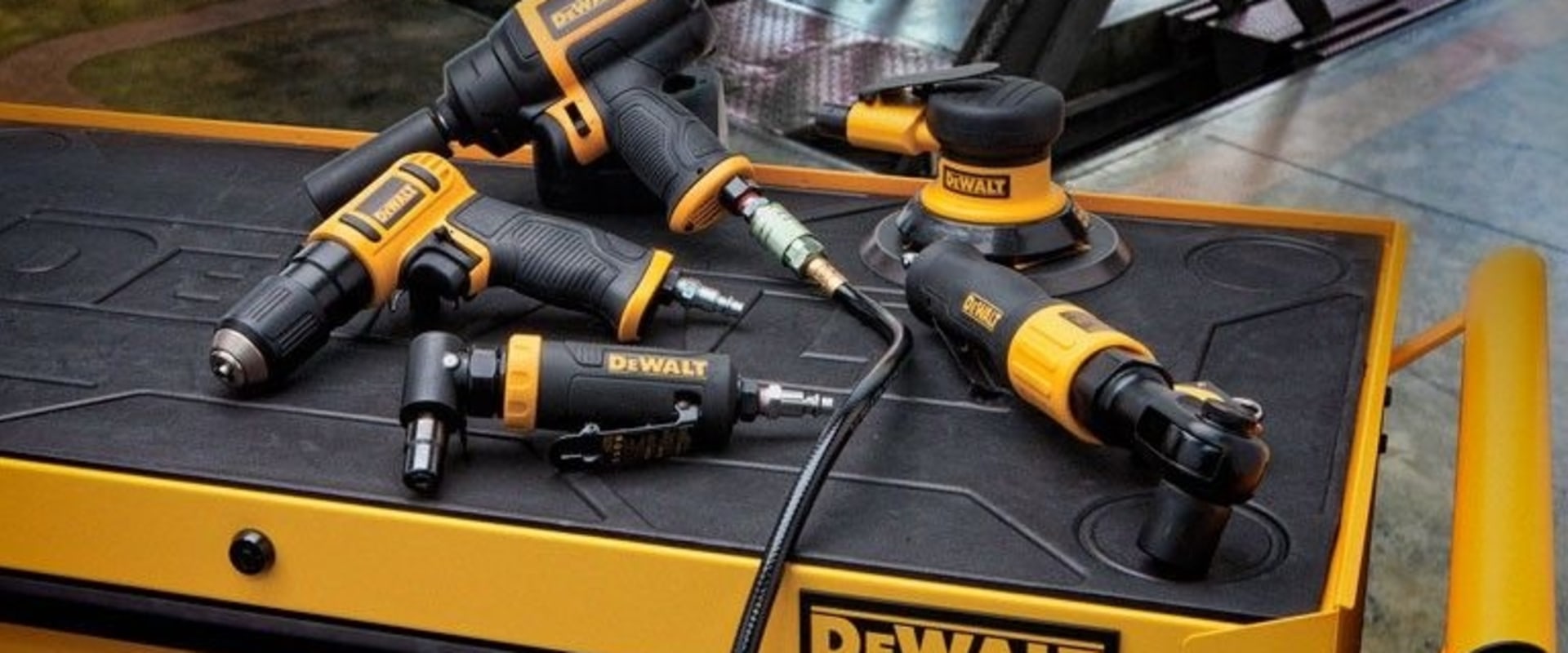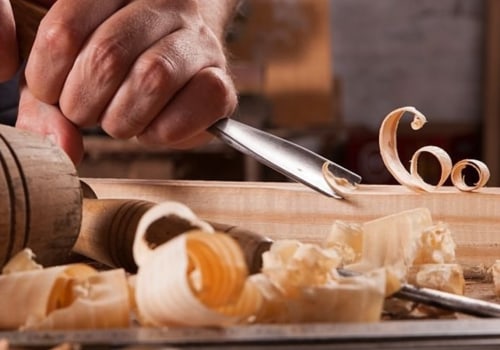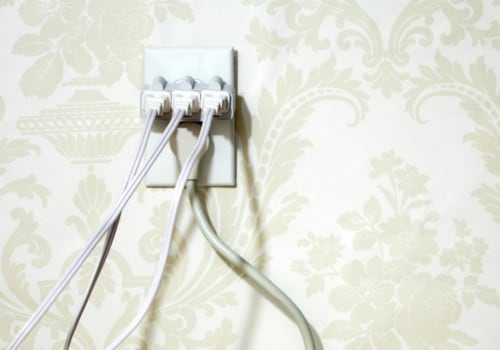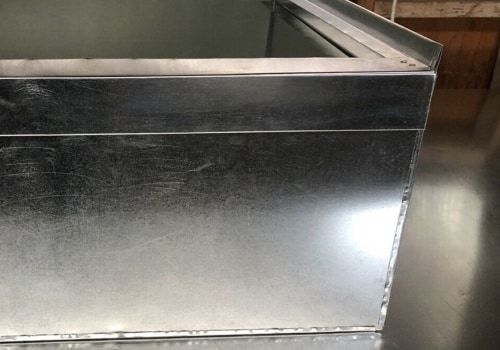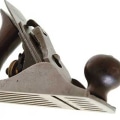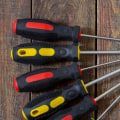Power tools cannot be used in any type of humid conditions, regardless of the circumstances. In most cases, power tools are not safe for use in the rain. For your own safety and the safety of your tools, wait until the weather is drier. Unless you have an exceptional power tool that explicitly states that it is safe for use in the rain, you should not use a power tool in humid conditions.
The question of whether or not you can use your cordless drill in the rain isn't easy to answer. The safe answer is that you should never use your cordless drill in the rain or near water. Yes, you can and I have done it often. There will be many times when you work on site where you'll have to use a cordless drill in the rain.
And always dry tools after they've gotten wet, otherwise you're just asking for rust to start forming. The first thing to do if your cordless drill or power tool gets wet is to immediately remove the battery or power supply from the tool. The next obvious step to prevent water or moisture from causing further damage to the tool is to use a towel or cloth to completely clean the outside of the tool. DeWalt battery packs are well sealed together, although this is not a fully waterproof seal, it will be able to withstand splashes of water.
For the same reasons why you shouldn't use power tools in the rain, you shouldn't use power tools that just rained on. Greasing the parts of the tool that you can use is not only good maintenance practice, but it can also show you if any stains have been lost. You can also try drying tools with a dryer without disassembling them, although this is more difficult and does not remove waste from them. The Canadian Center for Occupational Health and Safety has a list of useful tips on how to use power tools safely.
Whether the source is an electrical outlet or a battery, there is electricity inside the power tool that doesn't mix well with water. If the tool gets wet without you knowing it, for example, during a night rain, it should still be OK, just remove the battery as soon as you discover that the tool is wet. Therefore, by applying some heat to the outside of the drill bit through direct sunlight or a hair dryer, the heat is expected to help remove or remove residual moisture or water stuck inside the tool. Of course, it also helps to store tools at a higher elevation, so that nothing falls and reaches the tools that way.
The best way to protect yourself and your tools from short circuits caused by rain is to simply not let them get wet. While most brands of cordless drills, such as Dewalt, Ryobi and Craftsmen, are not intended or designed to work in or near water, there is one exception to this rule, which is the Nemo Power Tools brand. This way, you can visually inspect the interior to ensure that there is no moisture or water inside the tool before turning it on.
